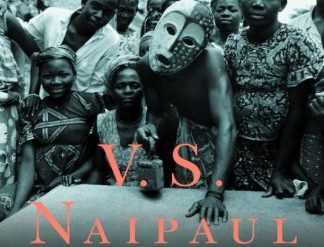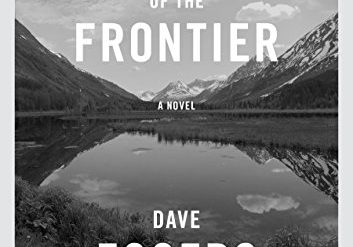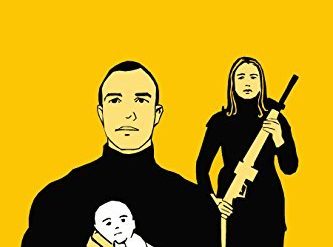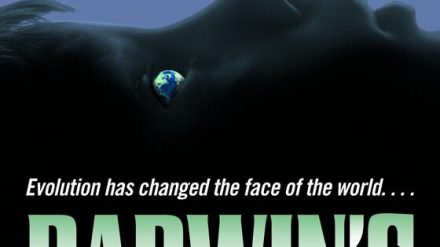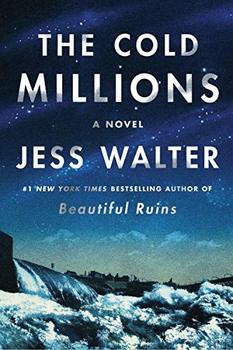
Estimated reading time: 5 minutes
For several decades in the mid-twentieth century, America’s middle class prospered and grew. A vigorous labor movement gained livable wages and steadily expanding benefits for millions. To some extent, labor owed its central role in the economy to the reforms of the New Deal and the social change wrought by World War II.
From an historical perspective, however, the success of trade unionism rested on the heroic efforts of labor organizers beginning late in the nineteenth century as they battled the entrenched power of the Robber Barons who dominated American industry. The better histories of the period between the Civil War and the First World War give some sense of the monumental challenges the early American labor movement faced from rich men unafraid to use the most extreme violence to protect their millions. But it takes a novelist to convey the intimate detail that makes their stories truly memorable—as Jess Walter has done so brilliantly in The Cold Millions.
The Cold Millions by Jess Walter (2020) 351 pages ★★★★★
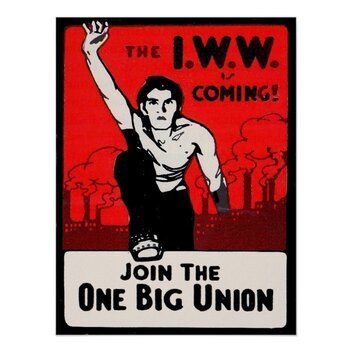
The story in a nutshell
The Cold Millions opens in 1909 in Spokane, Washington, then a bustling frontier city and one of the nation’s most active centers of labor organizing. Gregory (“Gig”) Dolan, a laborer, has joined the IWW (Industrial Workers of the World) in a protest against an anti-union ordinance outlawing “soapboxing.” Gig is among the five hundred men rounded up and jailed in a protest against the law. Unfortunately, his sixteen-year-old brother, Ryan (“Ry”), has defied Gig’s demand he stay away and is thrown in jail, too.
Once Ry gains his release from jail as a minor through the clever arguments of an IWW attorney, he sets out to gain Gig’s freedom as well. He tags along with the famous young IWW organizer, Elizabeth Gurley Flynn, and joins her on a fundraising trip around the region. Both are teenagers; she is just nineteen, newly married, and pregnant. As they travel across the Northwest, they gain perspective on the ugly and dehumanizing conditions in which most working families then lived—and the arrogance and greed of the men who refused to recognize their demands for better wages and working conditions. The Cold Millions artfully opens a window onto the now long-forgotten work of the early American labor movement.
The historical backdrop
From its founding in 1905 until about 1920, the IWW and its predominantly socialist and anarchist members, known as Wobblies, struck terror in the hearts of the millionaires who owned the nation’s mines and factories. They struck back with often lethal violence. Regiments of Pinkerton agents and local police forces—sometimes even state militias as well—overpowered the badly overmatched Wobblies. The violence was most pronounced in the American Northwest. A cofounder, and perhaps its best-known leader, was William D. (“Big Bill”) Haywood, who often bore the brunt of the reaction. But other names grabbed headlines and unwelcome attention, too, Elizabeth Gurley Flynn most prominent among them.
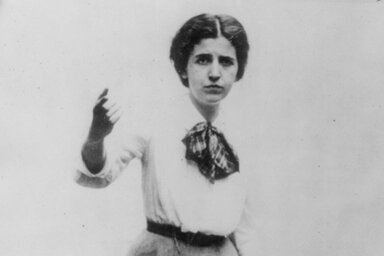
The IWW is still in operation today, but its suppression during the First Red Scare following World War I dramatically shrank its membership rolls and its impact. As of 2005, the 100th anniversary of its founding, the IWW had around 5,000 members, compared to 13 million members in the AFL-CIO. But its central role in the early American labor movement should never be forgotten.
About the author

Spokane-based author and journalist Jess Walter has written seven novels, a collection of short stories, and a nonfiction book. He has won numerous literary awards, including the Edgar and the LA Times Book Prize and was a finalist for the National Book Award for Fiction.
For related reading
For a superb work of nonfiction that casts additional light on the labor struggle during the same period, read Rebel Cinderella: From Rags to Riches to Radical, the Epic Journey of Rose Pastor Stokes by Adam Hochschild (Early 20th-century America viewed through the life of one extraordinary woman). Stokes was Flynn’s contemporary and sometime friend. And for an historian’s portrayal of labor a decade or two earlier, see The Edge of Anarchy: The Railroad Barons, the Gilded Age, and the Greatest Labor Uprising in America by Jack Kelly (The American labor movement in the Gilded Age).
This is one of the 10 best historical novels set in America.
You might also be interested in:
- 20 most enlightening historical novels
- Top 10 great popular novels reviewed on this site
- Top 20 popular books for understanding American history
- 20 top nonfiction books about history
And you can always find my most popular reviews, and the most recent ones, on the Home Page.


